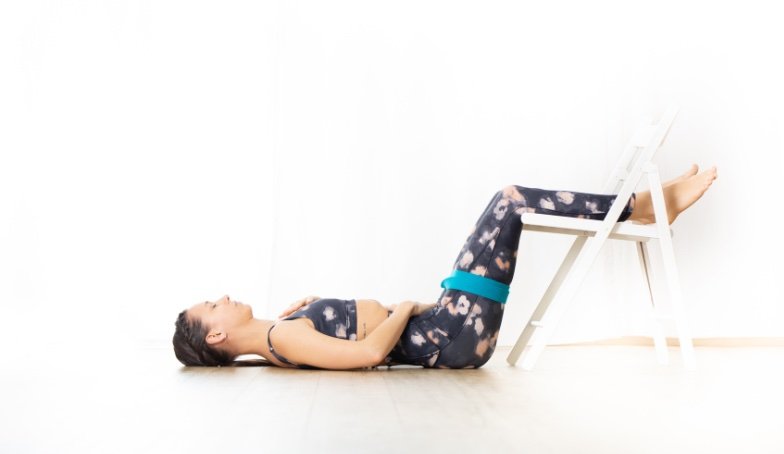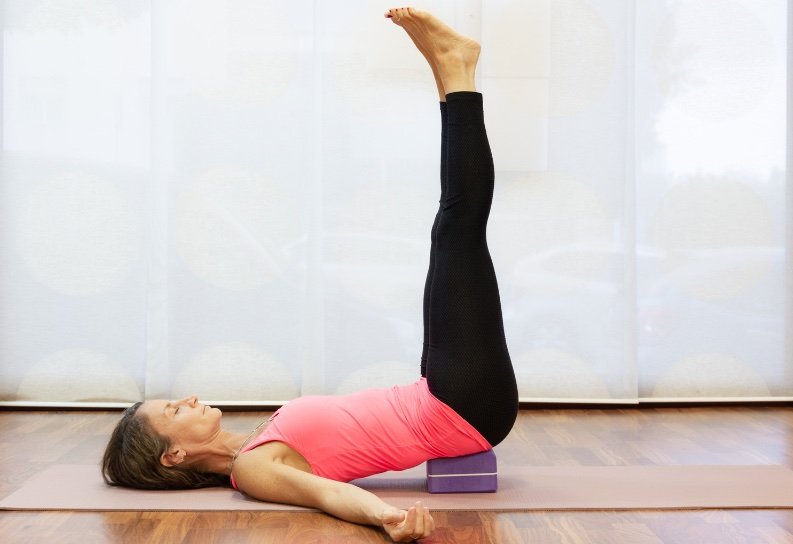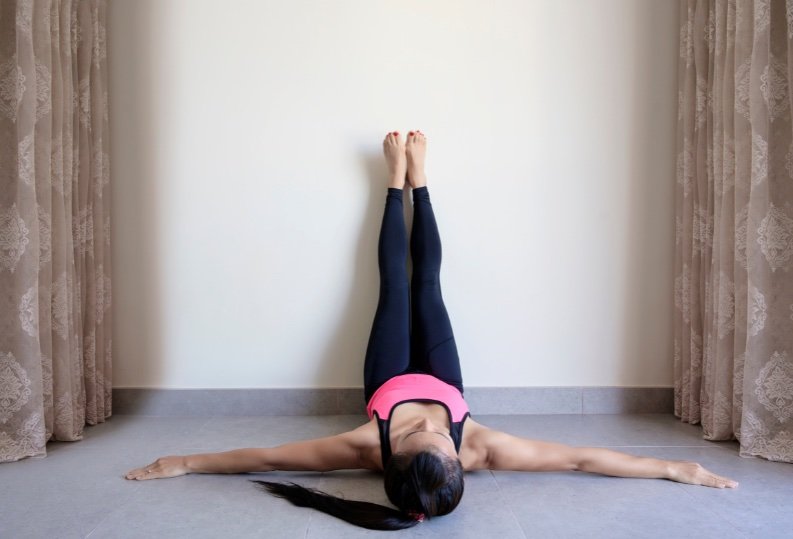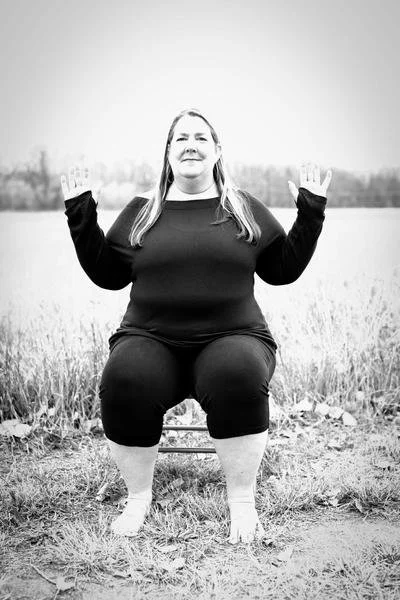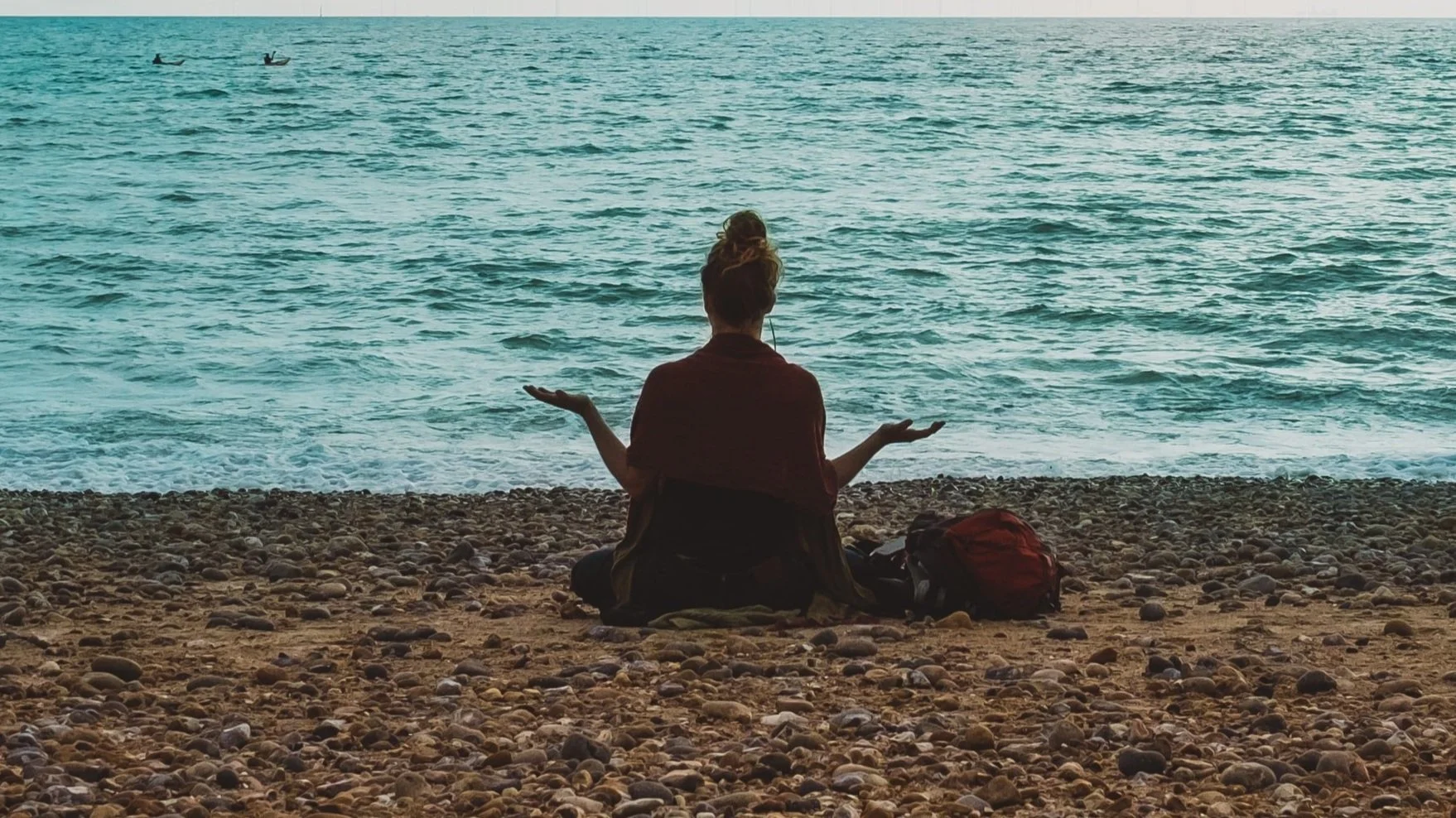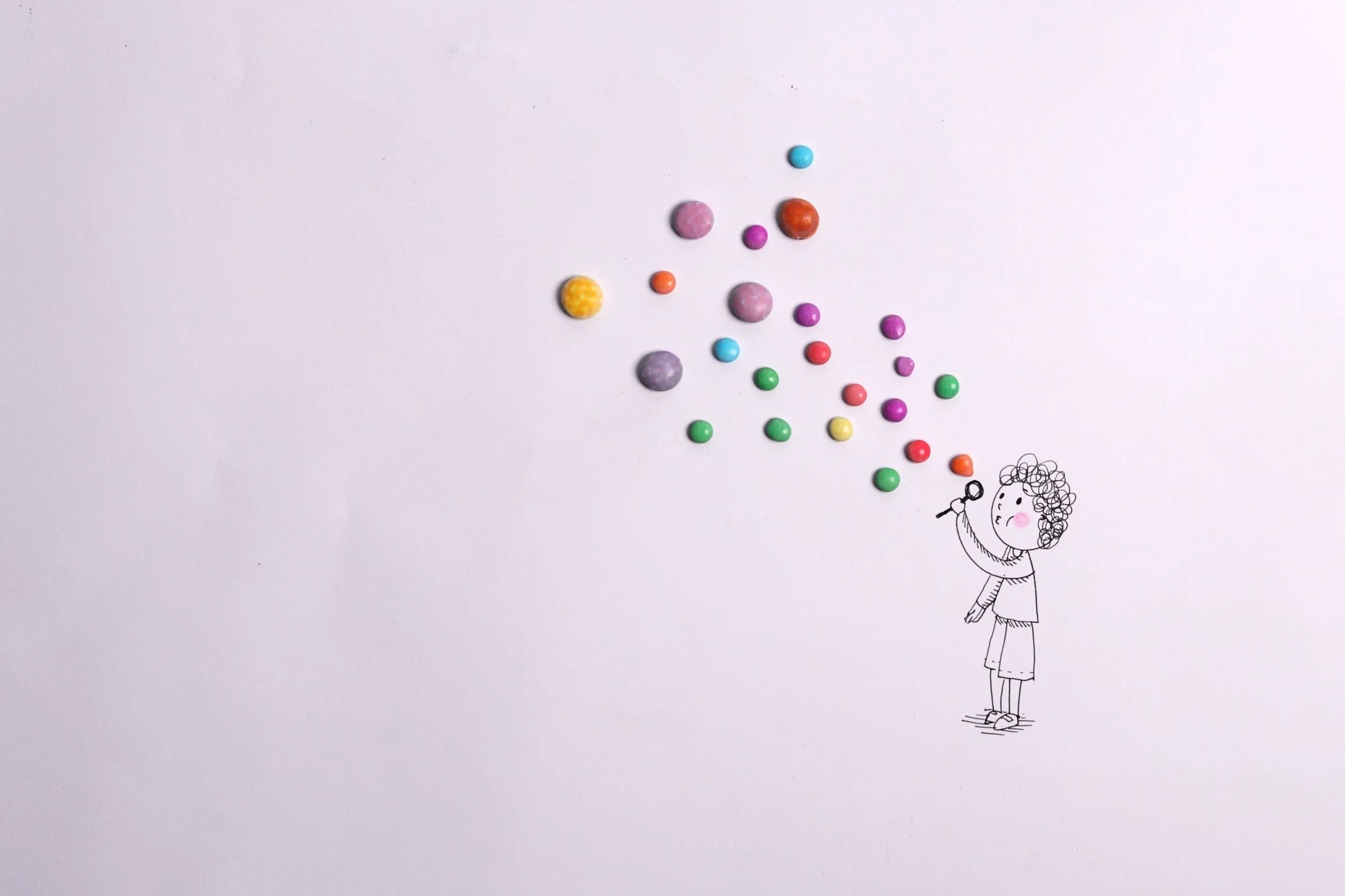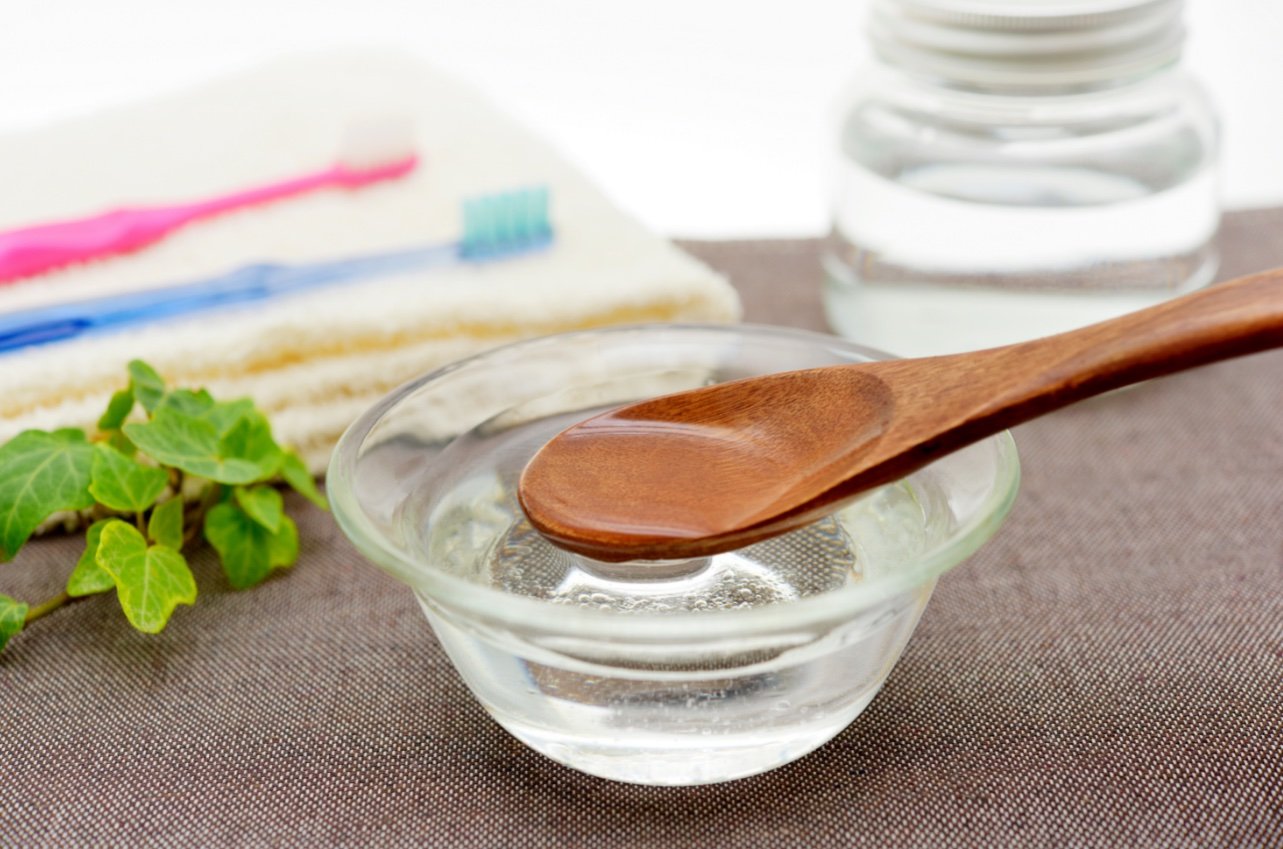The Action of Inaction: A Closer Look at Viparita Karani
/Viparita karani: You probably know it as “legs up the wall” pose and, chances are, you’ve enjoyed this relaxing pose at the end of a gentle or hatha yoga class. Sometimes, it’s an alternative to shoulderstand in a vinyasa class or a luxuriously supported inversion in a restorative class. Viparati karani and its variations are favorites among students and teachers alike. This simple pose provides many of the same benefits of more challenging inversions like headstand or shoulderstand, while being accessible to most people, especially those with physical limitations. This posture may look simple – and even feel simple; however, there is much more to it than meets the eye.
Viparata karani is often viewed as an asana – a posture that provides benefits to our physical body. In the classic yogic text, the Hatha Yoga Pradipika, viparita karani is listed as a mudra rather than as an asana. A mudra is a position whose purpose is to direct and enhance prana (life force energy). The difference is subtle and often lost in translation. For our purposes, it is most helpful to view the pose from both perspectives.
Viparīta (vih-puh-ree-tuh) = reversed or inverted
Karaṇī (kuh-ruh-nee) = action, doing or making
Definition: posture that reverses action or energy
As described in the Hatha Yoga Pradipika, viparita karani is a sort of half-shoulderstand, lying on the back with hips propped on the hands and legs extended upward. You might have learned it as a steppingstone to shoulderstand. The version we see most often, and the one we teach in the Green Lotus 200-hour yoga teacher training program, is a more restorative variation in which the hips are elevated on a block or bolster and the legs are supported against a wall, hence the name “legs up the wall pose”. The support provided by the wall and block or bolster allows the physical body to relax more deeply than in the traditional variation of the pose. I believe the resulting relaxation response is why so many of us love this pose. In addition to allowing the muscles to relax, viparita karani provides a wealth of other physical benefits including:
Increased blood flow to head, neck, and thyroid gland
Increased venous and lymphatic return, reducing swelling of legs and feet
Relieve fatigue in legs and feet
Reduce pressure on abdominal and reproductive organs, improving circulation and function
Soothe and calm the mind and the nervous system
The energetic benefits of the posture, when the posture is viewed as a mudra, are profound. Viparita karani is said to:
Encourage prana (vital life force) to move upwards, gently restoring depleted energy levels
Balance all seven chakras with an emphasis on the throat chakra, which relates to sound and communication
Soothe vata and pitta imbalances
This variation may be too calming for people with the already slow-moving kapha dosha; they would benefit more from a variation known as Legs Off the Wall, when the pose is practiced away from a wall with legs extended upward actively.
It is said that with consistent practice, viparita karani can slow the aging process, revitalizing both our appearance and our mental faculties.
The Hatha Yoga Pradapika says, “After six months of practice, grey hairs and wrinkles become inconspicuous. One who practices it for three hours conquers death.” While we certainly can’t make claims like this, we can say that most people do feel relaxed and refreshed after practicing this pose. Perhaps it does have the ability to restore our subtle energy.
As an instructor, one of the reasons I include viparita karani in almost all of my classes is that there are very few contraindications, meaning it can be practiced by all of my students with a very few exceptions. Those who have any of the following conditions should not practice viparita karani:
Glaucoma or other eye issues
Unregulated high blood pressure
Serious back or neck injury where lying on the back is contraindicated
Pregnant or menstruating*
Full stomach
*There is much disagreement about whether menstruating women should practice inversion. Some lineages strongly advise against it while others allow it. There may be physical benefits for some, such as temporary relief of cramps, or easing of low-back pain or fatigue that may come with menstruation. In general, the recommendation to avoid inversions during menstruation is based on the idea that inversions stop or slow the natural downward and outward flow of energy and bodily fluids. This energetic reversal is said to affect the flow of menstruation and cause it to slow or even stop, in some cases.
When to practice:
Viparita karani is a versatile posture. It does not require the body to be warmed up, and it is not necessary to do preparatory poses. For these reasons, it may be used at the beginning of a class to relax the mind and body in preparation for asana. For me, it is one of my “go-to” end of class poses. I love to ease students into it just before savasana, especially in a vinyasa class or challenging hatha class to “reverse the action” of the previous activity. I also love to use it on its own for its energetic effects. On busy days when I am running between classes and appointments, or on days where I need an energetic “pick-me-up”, 10-15 minutes in a quiet corner practicing viparita karani does wonders.
How to practice: Legs Up the Wall variation
Find something to slide under your hips to elevate them. A yoga block or bolster work perfectly as does a folded yoga blanket. If you don’t have yoga props handy, a folded towel, blanket, or firm pillow will do just as well. Keep it nearby so you can reach it once you are positioned. You may wish to have a rolled yoga blanket or small towel to support your neck.
Sit down with knees bent and feet on the floor, sideways to a wall. As you lie down on your back let your legs move up onto the wall so that your bum and back of legs rest against it and you are lying perpendicular to the wall. You may need to adjust a bit once you are lying down.
Bend your knees and place your feet on the wall. Press against the wall, using your legs to lift your hips enough to slide your prop underneath. Then release your hips down onto your block, bolster, pillow, or blanket.
If your hamstrings are tight, you could bend your knees or move away from the wall. Alternatively, you may place your legs on the seat of a chair to make space for extremely tight hamstrings or an aggravated lower back.
If your neck needs support, slide the rolled edge of a blanket or small towel under the curve of your neck. Roll the towel or blanket just enough to fill the space, but not enough to lift your head.
Bring your arms into a comfortable position at your sides or outstretched.
Rest and enjoy the action of inaction.



